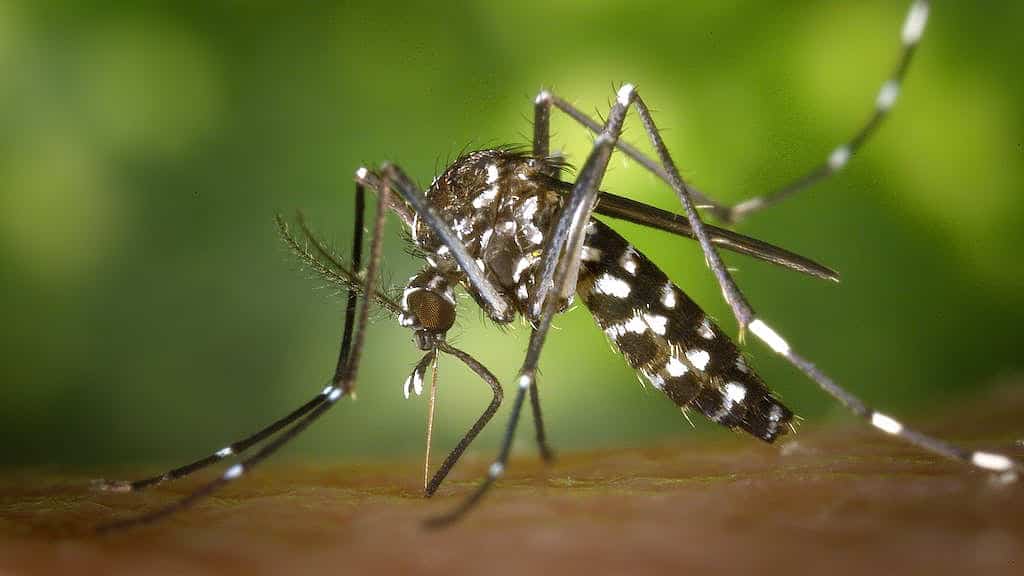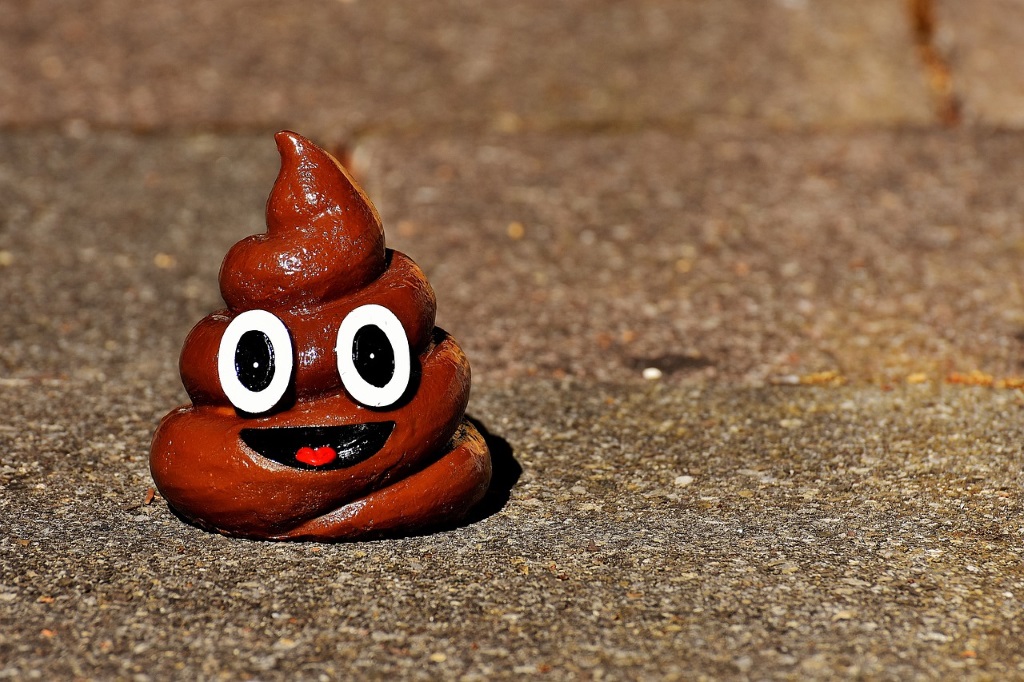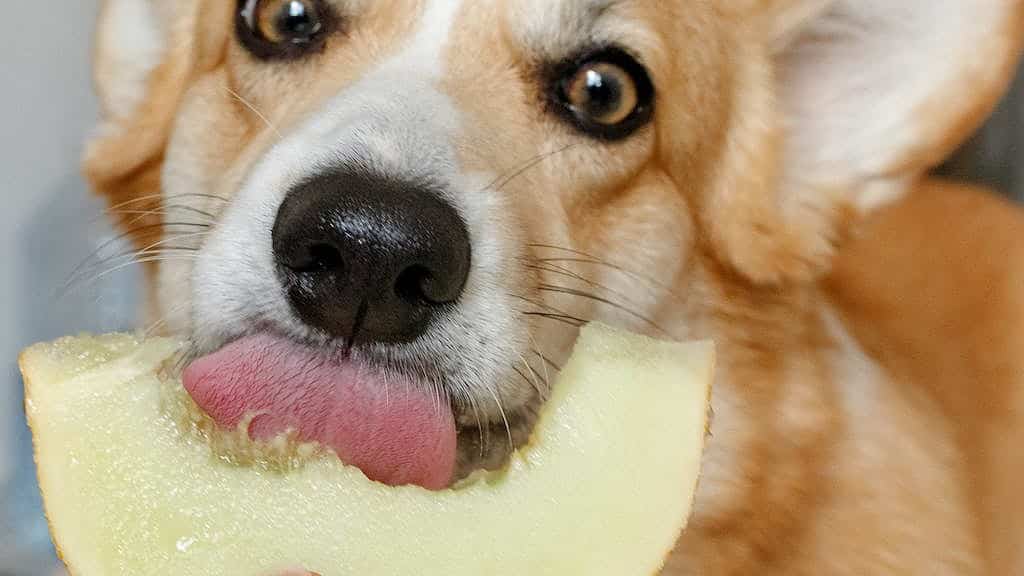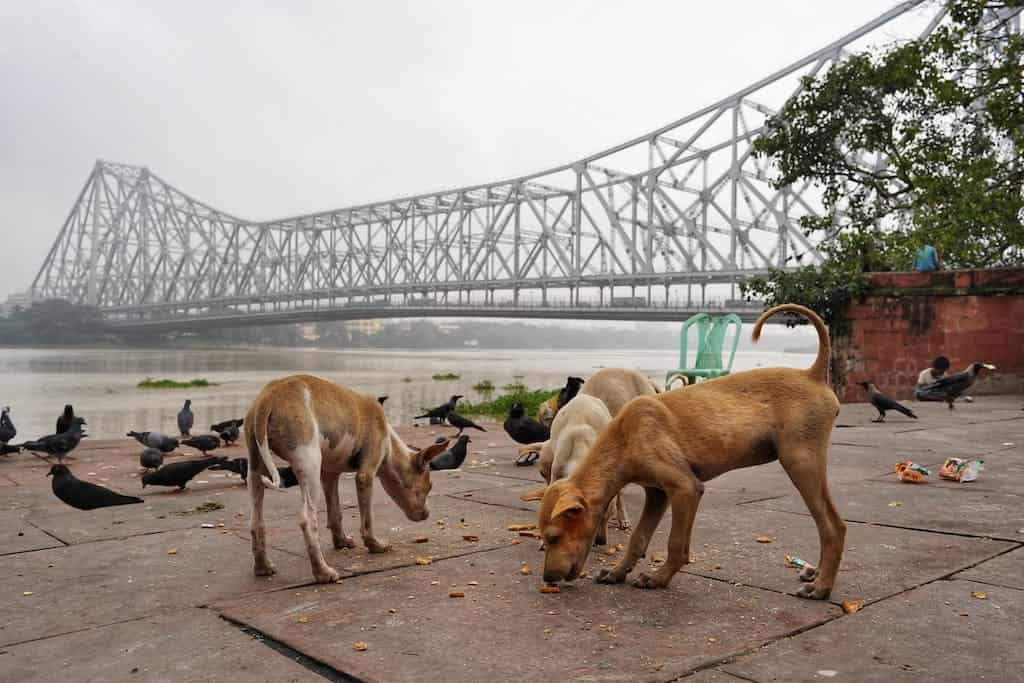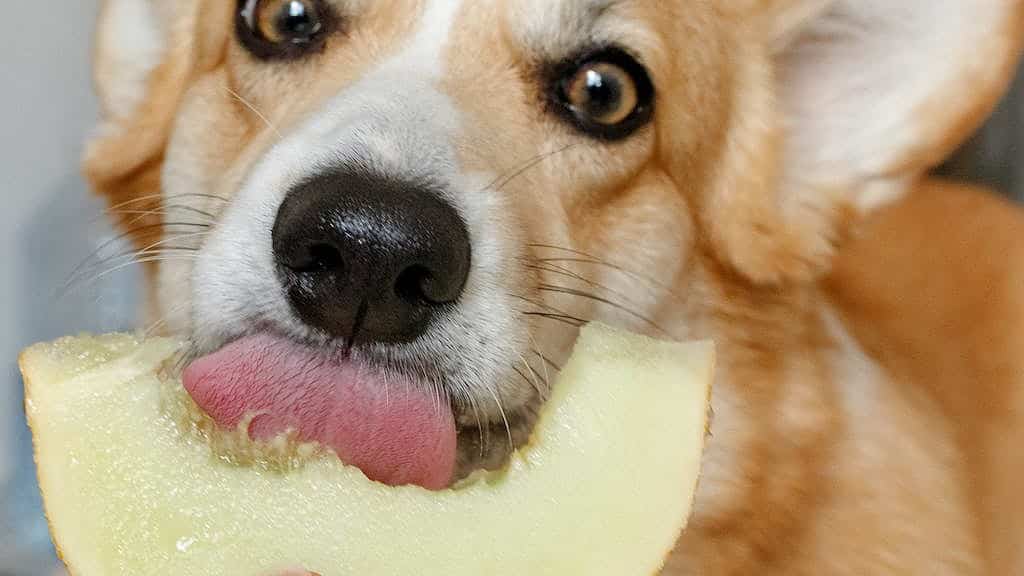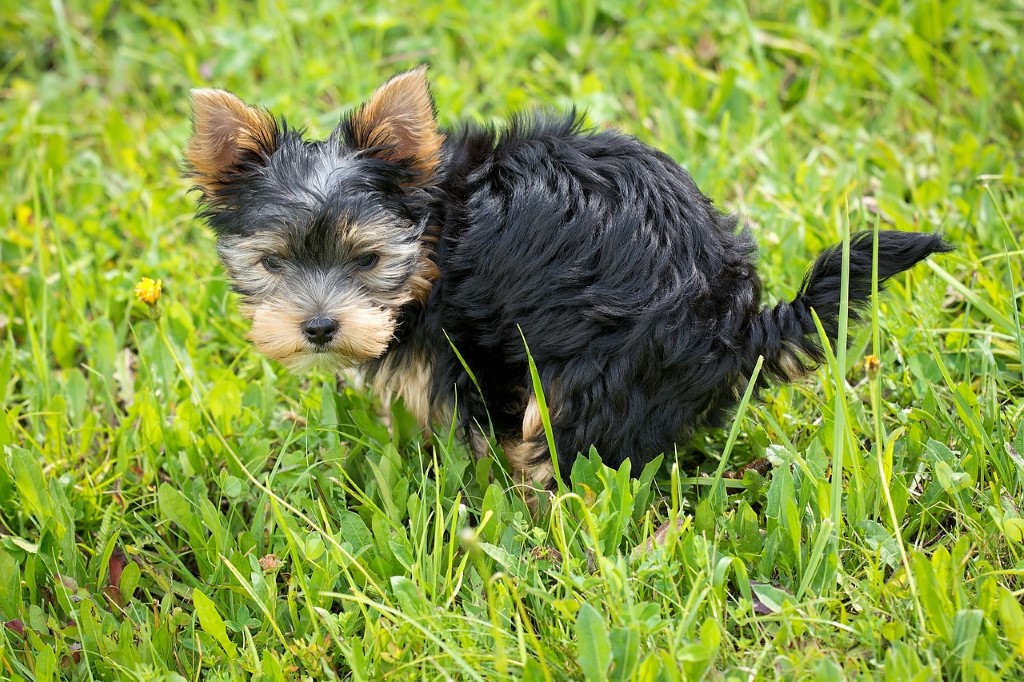Key Takeaways
- Most dogs with parvo can go without eating for about 2-3 days.
- It’s important to provide enough hydration during this period to prevent dehydration.
- Monitoring your dog’s temperature and seeking veterinary care are crucial.
- Gradually reintroduce small amounts of easily digestible, low-fat food to stimulate appetite.
- Dogs that haven’t eaten for more than 3 days should be examined by a veterinarian.
- Some dogs may require hospitalization and IV fluid therapy if they are unable to eat or keep food down.
- Proper cleaning and disinfection of the dog’s environment is essential to prevent the spread of parvo.
- Vaccination is the best way to protect dogs against parvo infection.
- Early detection and treatment increase the chances of recovery from parvo.
- Isolation from other dogs is necessary to prevent the transmission of parvo.
Summary
Discover how long a dog with parvo can go without eating in this informative article. In brief, dogs with parvo can typically survive for up to three to five days without eating. However, the rest of the article delves into crucial reasons why it’s imperative to address this issue promptly. By reading further, you’ll gain a comprehensive understanding of the devastating effects parvo can have on a dog’s health and learn essential tips on how to manage and treat this highly contagious disease.

1. Impact of Parvo on a Dog’s Appetite
When a dog contracts parvo, it often experiences a loss of appetite or refuses to eat altogether. This occurs due to the virus attacking the lining of the dog’s digestive tract, leading to severe gastrointestinal symptoms. As a result, a dog with parvo can go for several days without eating anything.
This lack of nutrition can significantly weaken the dog’s immune system and make it more susceptible to complications. It is crucial to monitor the dog’s eating habits and seek veterinary assistance to prevent further deterioration of its health.
2. Factors Influencing a Dog’s Ability to Go Without Eating
Various factors determine how long a dog with parvo can survive without eating. Generally, smaller dogs have less body reserves and are at higher risk of developing complications due to prolonged fasting. Young puppies may not be able to sustain themselves as long as adult dogs.
The dog’s overall health and hydration level also play a crucial role. If a dog remains hydrated and receives supportive treatment, it may have a slightly better chance of surviving a longer period without eating. However, it is essential to remember that early veterinary intervention is always necessary for the best chance of recovery.
3. Danger of Prolonged Malnutrition
Prolonged malnutrition in a dog with parvo can lead to severe complications and a compromised immune system. Without proper nutrition, the body’s ability to fight off infections weakens, making the dog susceptible to secondary bacterial infections or organ failure.
If a dog infected with parvo is not eating for more than a few days, it is crucial to seek immediate veterinary attention. Intravenous fluids, supportive care, and potential force-feeding may be necessary to stabilize their condition and prevent further deterioration.
4. Importance of Encouraging Eating in Parvo-Infected Dogs
Encouraging a dog with parvo to eat is crucial for their recovery. Even if the appetite is minimal, providing tempting and easily digestible options can help maintain their strength and provide the necessary nutrients to combat the virus.
Feeding smaller, frequent meals and warming the food slightly to enhance aroma can entice the dog to eat. Offering highly palatable options like boiled chicken and rice or specialized veterinary diets designed for dogs with digestive issues can also be effective.
5. Supportive Care to Aid Nourishment
To aid nourishment in a dog with parvo, it is often necessary to provide supportive care. This may involve intravenous fluid therapy to prevent dehydration, as well as medications to alleviate gastrointestinal symptoms such as nausea or vomiting.
Your veterinarian may also recommend administering a high-calorie nutritional supplement or assistance through feeding tubes if the dog is unable to eat voluntarily. Regular monitoring and adjustments to the treatment plan are crucial to ensure the dog’s nutritional needs are met during recovery.
6. Recovery Timeline and Monitoring
The recovery timeline for a dog with parvo can vary depending on several factors, including the severity of the illness and promptness of treatment. While a dog may start to show signs of improvement within a few days, complete recovery can take several weeks.
Throughout the recovery process, diligent monitoring is essential. Regular check-ups with the veterinarian, ensuring consistent nutrition, monitoring hydration levels, and closely observing any changes in behavior or symptoms will help track the dog’s progress and ensure any complications are promptly addressed.
FAQ: How Long can a Dog with Parvo Go Without Eating?
Q: What is parvo in dogs?
A: Parvo, short for canine parvovirus, is a highly contagious viral infection that primarily affects puppies and unvaccinated dogs. It attacks the gastrointestinal tract, causing severe vomiting, diarrhea, and potentially life-threatening dehydration.
Q: How does parvo affect a dog’s appetite?
A: Parvo severely damages the dog’s intestinal lining, leading to reduced appetite, nausea, and abdominal discomfort. As a result, dogs affected by parvo often experience a significant decrease in food intake or even refuse to eat altogether.
Q: How long can a dog with parvo go without eating?
A: Dogs with parvo should not go without eating for more than 24-48 hours. It is essential to monitor their food intake closely as malnourishment can weaken their already compromised immune system and hinder their ability to fight the virus effectively.
Q: What should I do if my dog with parvo refuses to eat?
A: It is crucial to consult with a veterinarian immediately upon noticing a lack of appetite in a dog with parvo. The veterinarian can assess the severity of the situation and provide the best course of action, which may include hospitalization, intravenous fluids, and nutritional support such as a feeding tube.
Q: Are there any home remedies I can try to stimulate my dog’s appetite?
A: While it is important to follow professional veterinary advice for dogs with parvo, there are a few things you can try at home to potentially stimulate your dog’s appetite. You can try offering small, enticing meals of highly digestible and easily accessible foods, warming their food slightly to release aromas, or adding low-sodium broth or baby food (without onions or garlic) to make their meal more appealing.
Q: Should I force-feed my dog if they refuse to eat?
A: It is not recommended to force-feed a dog with parvo without veterinary guidance. In some cases, force-feeding can potentially worsen their condition or lead to vomiting. It is crucial to work closely with your veterinarian to determine the most appropriate feeding method for your dog’s individual circumstances.
Q: Can hunger strike or starvation cure parvo?
A: No, a hunger strike or starvation will not cure parvo. While a temporary decrease in food intake is common during the early stages of illness, it is vital to provide necessary calories and nutrients to your dog’s body for a successful recovery. Proper veterinary care and treatment, including supportive therapies and intravenous fluids, are essential in treating parvo.
Q: What are the signs of improvement in a dog with parvo?
A: Signs of improvement in a dog with parvo may include increased energy levels, decreased vomiting and diarrhea, improved hydration, and a gradual return of appetite. It’s important to remember that parvo is a severe illness, and recovery can be a slow process. Regular veterinary check-ups and monitoring are necessary to ensure your dog is progressing positively.
Q: How can I prevent parvo infection in my dog?
A: The most effective way to prevent parvo infection is through proper vaccination. Puppies should receive a series of vaccinations starting at around 6-8 weeks of age, followed by booster shots. It is also essential to keep your dog away from potentially contaminated areas, practice good hygiene, and avoid contact with infected dogs until your pet is fully vaccinated.
Conclusion
In conclusion, a dog with parvo can go without eating for several days, which can be a cause for concern. Parvovirus affects the digestive system, causing vomiting and diarrhea, making it difficult for the dog to keep food down. The virus also suppresses the appetite, leading to a decreased interest in food. It is crucial to monitor the dog’s hydration levels and consult a veterinarian if the dog is unable to eat for more than 24-48 hours. Prompt medical intervention is necessary to treat dehydration and provide the necessary nutrients to aid in the dog’s recovery.
📚 Sources:
